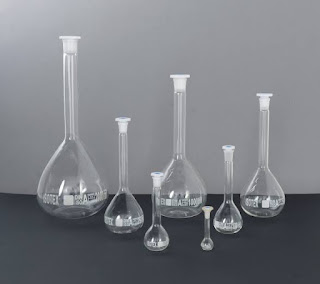Bacteria
Bacteria
Bacteria are a type of primitive nucleated, Greenless,unicellular microorganism whose nucleus is not well-formed. They cannot be seen without a microscope. Their size ranges from 0.26 to 57. These are known as the simplest and smallest creatures in the living world.
Peptodoglycan or murine is a unique property of bacteria. But it is important to remember that it is absent in cyanobacteria but some cyanobacteria have a layer called pseudoglycone. Peptidoglycone is a polymer that combines sugars and amino acids that form a lattice-like layer outside the plasma membrane of most bacteria to form a cell wall.
All of them belong to the state of monera. We can usually divide them into two parts.
1) Eubacteria
2) Cyanobacteria
Eubacteria:
Eubacteria are single-celled prokaryotic micro organisms. They are also called true bacteria. They are found in all parts of the world. They are found in oceans, deserts, glaciers and volcanoes. All types of bacteria except cyanobacteria belong to this group. Almost all the bacteria that we know in our daily life are eubacteria.
Archaebacteria:
Prokaryotes - single-celled cells. They are somewhat different from bacteria, so in biology they are placed in a branch of the organism called archaea. They appeared in nature before the advent of bacteria. Their smallest species is about one tenth of a micrometer in size. The largest species of archaebacteria is 15 micrometers in size.
Archaebacteria are divided into three groups according to their nature. The parts are:
Methanogens: This type of archaebacteria is found in wetlands. They absorb carbon dioxide but produce methane gas.
Halo-bacteria: Halo means saline. They live in a high salinity environment. They can draw energy from light. The process of photosynthesis by ordinary green plants is not the same as the process of absorbing energy from light.
Extreme thermophiles: They live in extremely hot environments. They can also be comfortable in a very acidic environment. They do not have peptidoglycan in their cell wall. Many archaebacteria live in areas rich in sulfur. This is why they are found in volcanic eruptions. Many bacteria use sulfur for physical harm and produce sulfuric acid. They even live in the stomachs of cows and goats.
At one time prokaryotes-associated organisms and bacteria were included in the state of archaebacteria. Archaea, bacteria, and eukaryotic cells have since been subdivided into separate groups.







Comments
Post a Comment
Thanks